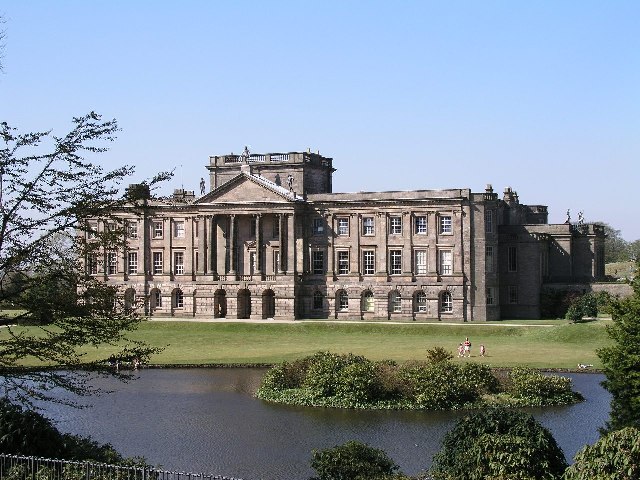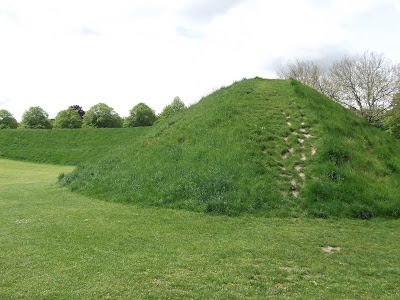I have always found Sunday evening to be
one of the most depressing parts of the week, what with the start of the new
working week being just around the corner.
TV therefore has an important role to play by providing viewers with
something to cheer themselves up. Many women like nothing more than to settle
down to a good costume drama, and on the evening of Sunday 24
September 1995 female viewers were in for a treat when the BBC's adaptation of Jane Austen's Pride And Prejudice burst
onto our screens. As well as being a jolly enjoyable drama, there was the added bonus of the dashing Colin Firth as Mr Darcy,
his brooding good looks providing a much-needed Sunday evening tonic for the
nation's women. However, nothing could
prepare them for the delights in store in episode four and the famous
"lake scene".
Let us just relive the scene for a
moment. It is a swelteringly hot
summer's day. Mr Darcy strides towards
the lakeside, removing his jacket, and sits down, contemplating a lovely
cooling swim. Off comes the scarf and
off comes the waistcoat. All over the
country, female hands are fumbling distractedly in chocolate boxes, knocking
over cups of tea, their owners unable to take their eyes off the screen. However, that is all the stripping they are
going to get. Mr Darcy dives in, and we
catch a glimpse of him moving through the murky water. After his swim he is seen in his wet shirt,
made slightly see-through by the sun. Mr Darcy, still in a state of semi-undress and dripping wet, runs into Miss Bennett, who is not expecting him to be there, and a toe-curlingly
awkward conversation ensues.
Earlier this year, this scene was voted the
most memorable moment in TV drama, beating some of the most dramatic scenes from our beloved soap operas, such as the scene where Dirty Den hands the
divorce papers to Angie in EastEnders, the tram crash in Coronation Street and
the lesbian kiss in Brookside, among others.
The scene also made it into popular fiction when Bridget Jones and her
friends settled down to watch the DVD with the obligatory bottle of wine (in
fact the whole premise of the Bridget Jones story is as a modern-day equivalent
of Austen's tale). Apparently, Firth
nearly turned the part of Mr Darcy down when originally offered it, believing
himself to be a bit old for a romantic lead.
As for the actual dive, a body double was used due to concerns over the
risks of Weil's disease from the lake waters.
However, Firth was used for the underwater part, which was filmed in a
tank at Ealing Studios.
Apart from the undoubted charms of Colin
Firth as Mr Darcy and Jennifer Ehle as Miss Bennett, the other star of the scene in
question is Lyme Park where it was filmed and which doubled as Darcy's estate Pemberley in the series. This estate near Disley in Cheshire, on the north-west edge of the Peak District, dates from the 14th century when it
was granted to Sir Thomas Danyers. It
then passed to the Legh family, and remained with them until it was transferred
to the National Trust in 1946. The
centrepiece of the estate is a large stately pile, the largest house in Cheshire, with a mixture
of architectural styles from Elizabethan to Italianate. Highlights include the Wardrobe Department
where visitors can dress up in period costume, a cinefilm made by the last
generation of the Legh family to occupy the house, a 15th century prayer book
and numerous glimpses into the life of a well-to-do Edwardian household. As well as the famous lake, the grounds
include a deer park,
an Edwardian rose garden, Cage Hill with its eponymous tower, a former hunting
lodge, and walking trails that take in scenes from Pride and Prejudice. Visitors to the property will have the chance
to relive the lake scene when a statue of the semi-clad, sodden Mr Darcy is
installed at Lyme
Park following a tour
around the country. The statue, which
was created to celebrate the launch of the new Drama TV channel, will remain at
the estate until February 2014.
 | |
| Lyme Hall 01. Photo by Alan Fleming, via Wikimedia Commons |
Map of the area.





